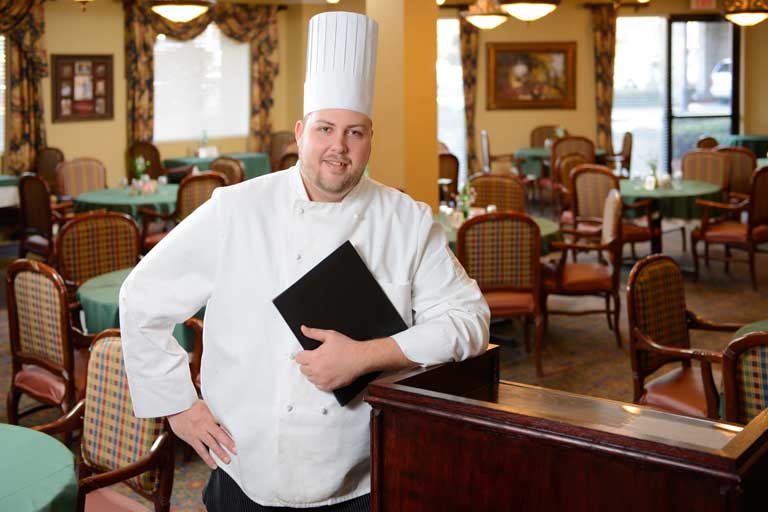Century Park Blog

Have you ever heard the phrase, “Farm to Table?”
If you haven’t yet… you will! To a foodie, it’s like music to their ears. With this simple phrase, images of a banquet table covered with a plethora of food placed perfectly in the middle of a field at sunset surrounded by a tractor, corn stalks and farm animals, gathered with the family of a farmer and John Denver’s classic, “Thank God I’m a Country Boy” playing in the background come to mind. Or, maybe that’s just me.
Truth be told, “Farm to Table” is a buzz phrase thrown around by lots of restauranteurs to do exactly what I’ve done – incite your imagination of simpler times when we would grow and nurture our own produce or get it from the community farmer who lived right down the street. It was about a year ago that I started asking myself not only what “Farm to Table” means to me, but to society as well. That, my friends, is where the research started. With a simple Google search, I saw my results, pages upon pages upon pages of results. After weeks of reading, I narrowed my research into four pillars that support the “Farm to Table” movement, and reasons that our community, Garden Plaza at Cleveland, has decided to adopt this program. Without further ado, here they are:
Nutritional value
If you are growing a tomato, for example, and you remove it from the vine while it is green in order to allow time to ship it and get the tomato to a grocery store or restaurant, the tomato plant does not have the opportunity to pump all of those vitamins and minerals into the tomato, so even though the texture is right and the color is right, you have missed out on all of those vitamins and minerals that could have filled the tomato. It is still a good tomato with health benefits, but the health benefits could have been much greater.
Supporting your local community farmers
This reason is very near and dear to my heart because I am from a family of farmers. Farming is an ART. As these local, small farms slowly close, we are losing generations of specialized farm know-how and the care and concern for crops.
Our carbon footprint
After seeing big rigs drive up and down the interstate, I can’t help but wonder what they are loaded down with. It could be produce. Shipping our produce out from centralized mega farms means our produce is probably coming from Mexico, Guatemala or California, crossing thousands of miles, burning up millions of gallons of diesel fuel along the way. We have to be proactive and stop this so our children will be able to enjoy our world after we are gone!
The taste
This one is pretty much a given, and I’m sure you saw it coming. As a chef, this one is very important to me. I feel it’s my job to seek out the freshest and tastiest produce, and oddly enough I’ve always found that the best produce is right outside my door, in my backyard! I hope everyone can relate to this as well. If you had a garden growing up with your parents or grandparents tending to it, you probably know what I mean. Every time I eat green beans, I compare them to my Aunt Anne’s green beans – the green beans that she grew herself and took pride in. When I eat watermelon, I compare it to fresh watermelons I would pick and eat as a kid on my Uncle Fred’s farm. There is just something about fresh-from-the-garden produce from farmers who work hard and not only care about what they do, but also love it.
It is because of these four reasons that we at Garden Plaza at Cleveland have initiated the “Farm to Fork” program. We work with several local farmers, Dixie Produce and Picker’s Produce, to have the freshest available produce (sometimes from field to table in less than 48 hours). We often try to publicize information about the farmers so our diners can know the story behind the cucumbers on the salad they are eating, or know that the grape tomato on that salad came from a farm that they used to drive by on the way home every day.
When you think about it, knowing where our food comes from has always been important to us, and with our “Farm to Fork” program, we try to paint that picture in your imagination of simpler times with better, fresher food.



